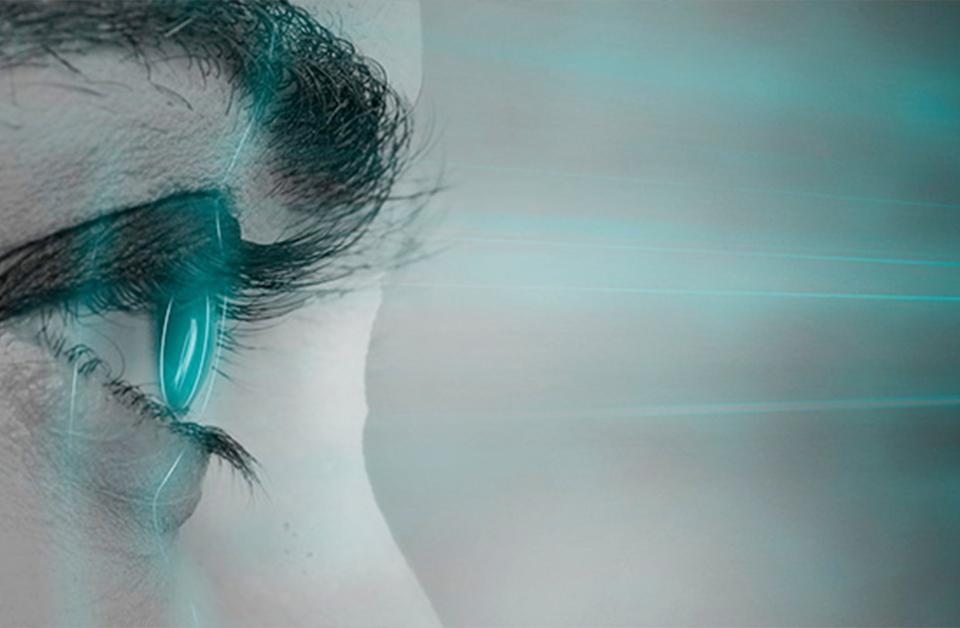As a young girl, Kristina Murray loved to swim and would often squeeze her legs and feet together and pretend to be a mermaid. Consequently, her friends and family nicknamed her “The Little Mermaid.”
Kristina’s love for those mythical sea-dwellers stretched well beyond the water.
“When I was 17, I started collecting mermaids,” says Kristina, now 51. “I have mermaid figurines, dolls and clothes, and cups and plates. I even have a 250-pound concrete mermaid.”
A couple of years ago, a health crisis forced Kristina to abandon her hobby. The issue was so great that Kristina moved from Florida to North Carolina, her home state, to be close to her family for support.
“I developed a serious brain condition that at first caused boils to form on my head,” Kristina recounts. “Then I had to have all my hair cut off and surgery where they drilled four holes in my head to drain out the bad stuff.
“Following surgery, my speech and memory were messed up a little, and I had to learn how to walk and hold things again. Then in December 2020, I got really sick. I developed pneumonia, my blood sugar skyrocketed and my kidneys failed.
“I eventually got so sick that they put me in a mini coma. I nearly died three times, but when I heard my son calling me back, I revived. The doctor said my illness and high blood sugar sped up the deterioration of my eyes.”
At the time, Kristina was experiencing blurred vision. Through testing, her eye doctor discovered she was suffering from diabetic retinopathy, a serious complication of diabetes in which high blood sugar damages the blood vessels feeding the retina.
The retina is the light-sensitive layer of nerve tissue that lines the back of the eye. It converts light into electrical signals, which go through the optic nerve to the brain. The brain then interprets those signals as images.
There are two forms of diabetic retinopathy: nonproliferative and proliferative. During the early, nonproliferative stage, tiny blood vessels in the retina become weak and leak. Ultimately, those blood vessels may close, depriving the retina of blood and oxygen. That condition, called ischemia, can lead to further loss of vision.
During the advanced, or proliferative stage of diabetic retinopathy, new vessels form in response to the ischemia. But these vessels are abnormal and can bleed into the retina and vitreous, the gel-like substance that fills the central cavity of the eye.
This bleeding can cause dark spots, or floaters, that hover within the vision, blurred or fluctuating vision, dark or empty areas in the center of vision, and vision loss.
If caught in the early stage, diabetic retinopathy can often be treated simply through physician monitoring, diet modification and diabetes management. Late-stage diabetic retinopathy requires more advanced options.
One is an injection of a medication that both strengthens the blood vessels and reduces the formation of abnormal blood vessels. Laser treatment is another treatment option that uses intense light to make the abnormal blood vessels shrink and stop bleeding.
“My first eye doctor gave me a shot in my right eye and said, Let’s wait a couple of months and see what happens,” Kristina recalls. “In May, my vision became blurry again, so I went back. That’s when they told me there was degeneration in my left eye. They gave me an injection and performed laser surgery on my left eye.
“A couple of months later, however, my vision continued to deteriorate to where I couldn’t see at all through my left eye; it was almost completely black. My right eye was still blurry as well. I was told there wasn’t much more that could be done to save my vision. By then, my insurance changed and I couldn’t visit that eye doctor anymore. My insurance sent me to Dr. Staman instead, and I thank God they did.”
Diagnosis and Treatment
Jonathan A. Staman, MD, is a board-certified, fellowship-trained retina specialist at Florida Retina Institute. He notes that during the advanced stage of diabetic retinopathy, bleeding can sometimes lead to the development of scar tissue that places tension on the retina.
“That traction can then cause the retina to detach from the back wall of the eye,” Dr. Staman states. “That’s what happened in Kristina’s left eye. When I met her, she had very little vision in her left eye and her right eye was heading down that same path.”
To correct the problem, Dr. Staman performed a vitrectomy, a procedure to remove the bloody vitreous from the eye and replace it with a clear liquid or gas.
“At the same time, we can remove the traction on the retina to allow it to reattach to the back wall of the eye,” Dr. Staman educates. “With the blood removed and the traction released, her retina was able to reattach, which allowed her to regain vision. Meanwhile, in the ensuing weeks, we were able to perform in-office treatments in her other eye to prevent it from detaching and needing major surgery.”
“It’s a Miracle”
“When I first met with Dr. Staman, I was almost completely blind in my left eye,” Kristina elaborates. “But just two days after Dr. Staman performed the surgery to put the retina back, I could see out of my left eye again.
“Dr. Staman also gave me injections and performed laser surgery on my right eye. I have complete vision out of my right eye now, and with both eyes I see fine.”
Kristina was escorted to her appointments at Florida Retina Institute by her husband.
“We love Dr. Staman,” Kristina raves. “He’s knowledgeable and straightforward, and that’s what we need. He tells us what’s going on, what we need to do and how to take care of my condition.
“I really appreciate that he lets my husband come back to his office with me during my appointments. That way, if I miss something that the doctor says, my husband hears it too and can explain it to me later.
“I appreciate having Dr. Staman in my life. Before I met him, I had no hope. I’ve sent many people to Florida Retina Institute saying, Dr. Staman and his staff will take care of you. Dr. Staman saved my eyesight. It’s a miracle!”







